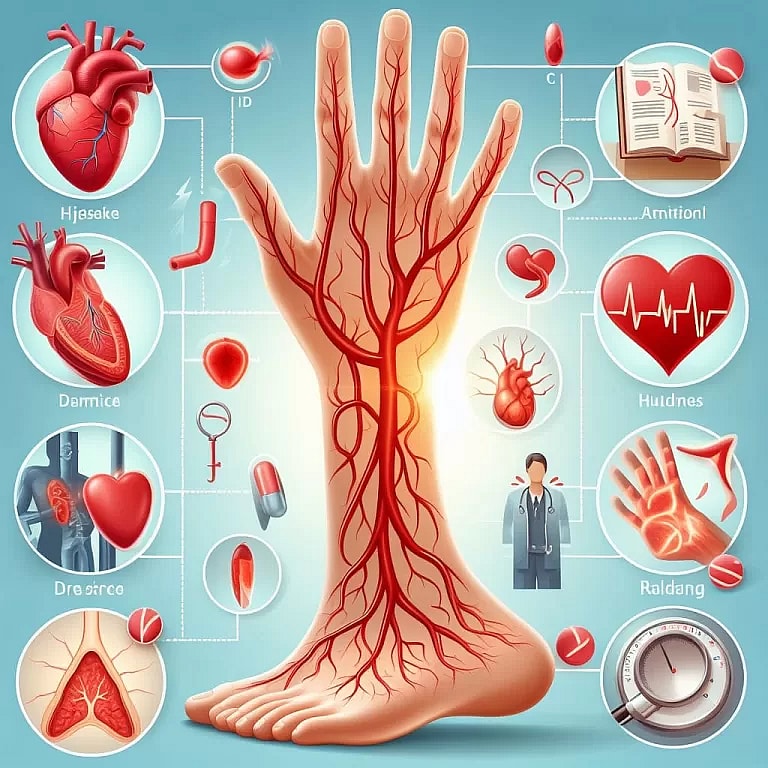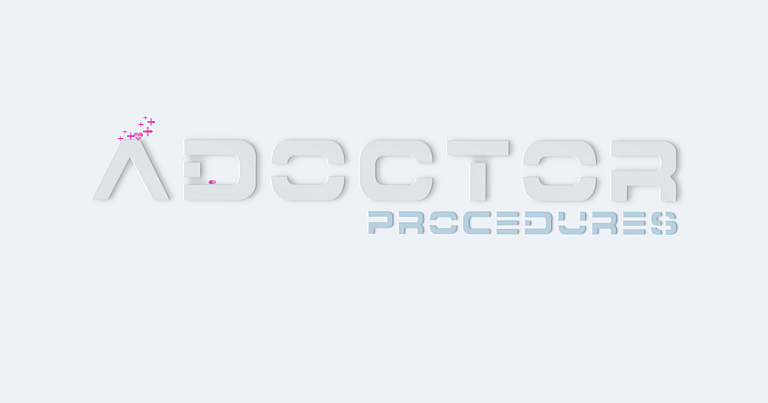Leg Pain
**Leg Pain: A Comprehensive Overview**
Leg pain is a common ailment that can result from various causes, ranging from muscle strains to underlying medical conditions. This article delves into the causes, diagnosis, and treatment options for leg pain, empowering individuals to understand and effectively manage this condition.
**Causes:**
* Muscle strains or sprains
* Arthritis
* Blood clots
* Nerve damage
* Vascular diseases (e.g., deep vein thrombosis, peripheral artery disease)
**Diagnosis:**
* Physical examination
* Imaging tests (e.g., X-rays, MRI, ultrasound)
* Blood tests
* Electrodiagnostic testing (e.g., nerve conduction studies)
**Treatment Options:**
* Rest, ice, and elevation (RICE)
* Medications (e.g., pain relievers, anti-inflammatories)
* Physical therapy
* Surgery (in severe cases)
**Lifestyle Modifications:**
* Maintaining a healthy weight
* Regular exercise
* Proper footwear
* Smoking cessation
**When to Seek Medical Attention:**
Seek immediate medical attention if you experience:
* Severe pain
* Numbness or weakness
* Swelling
* Changes in skin color or temperature
**Prevention Tips:**
* Stay active and maintain a healthy weight
* Wear supportive and comfortable footwear
* Avoid prolonged standing or sitting
* Warm up before exercising
* See a healthcare professional for regular checkups
By understanding the causes, diagnosis, and treatment options for leg pain, individuals can effectively manage this condition and regain optimal leg function. It’s important to consult a healthcare professional for prompt diagnosis and appropriate treatment to prevent complications and improve overall well-being.
Symptoms of Peripheral Artery Disease (PAD) and How to Manage Them

The hallmark symptom of peripheral artery disease (PAD) is pain when walking. More advanced PAD may cause pain at rest and other symptoms that need immediate attention. Like coronary artery disease, PAD results from plaque buildup in certain arteries. That…
What is Endovenous Radiofrequency Therapy: Overview, Benefits, and Expected Results

Definition and Overview Endovenous radiofrequency therapy is a minimally invasive procedure used as a treatment for varicose veins, venous reflux, venous insufficiency, and other types of medical problems affecting the veins. The procedure can help relieve the debilitating symptoms of…
What is Discectomy: Overview, Benefits, and Expected Results

Definition and Overview Discectomy is the surgical removal of herniated or degenerative disc that stresses the spinal cord or radiating nerves. In herniated disc, the annulus fibrous gets torn, irritating, compressing, or adding more pressure on the nerves, causing the…
What is Peripheral Vascular Disease?

Peripheral vascular disease Peripheral vascular disease (PVD), also known as peripheral arterial disease, is a common condition in which there is a slow narrowing and hardening of the blood vessels in the legs. This causes poor blood flow and a…
